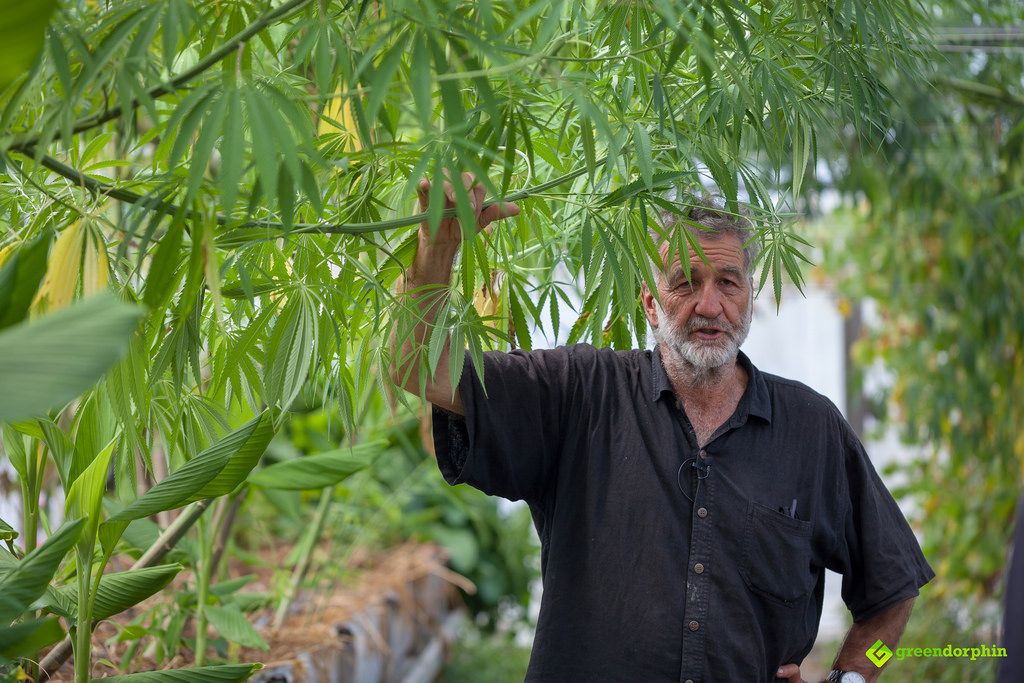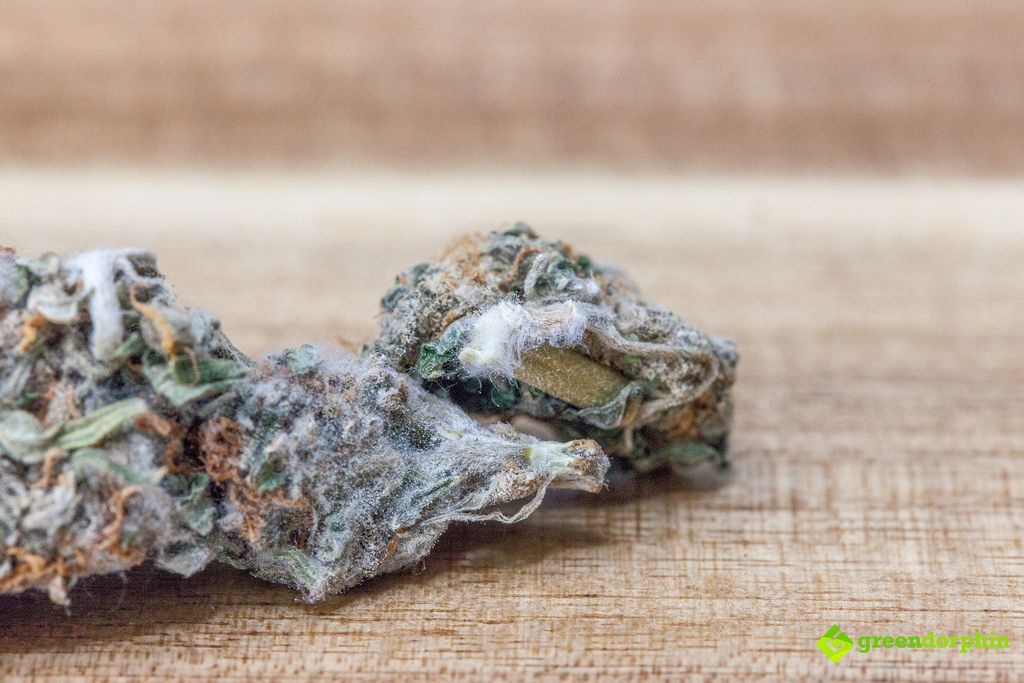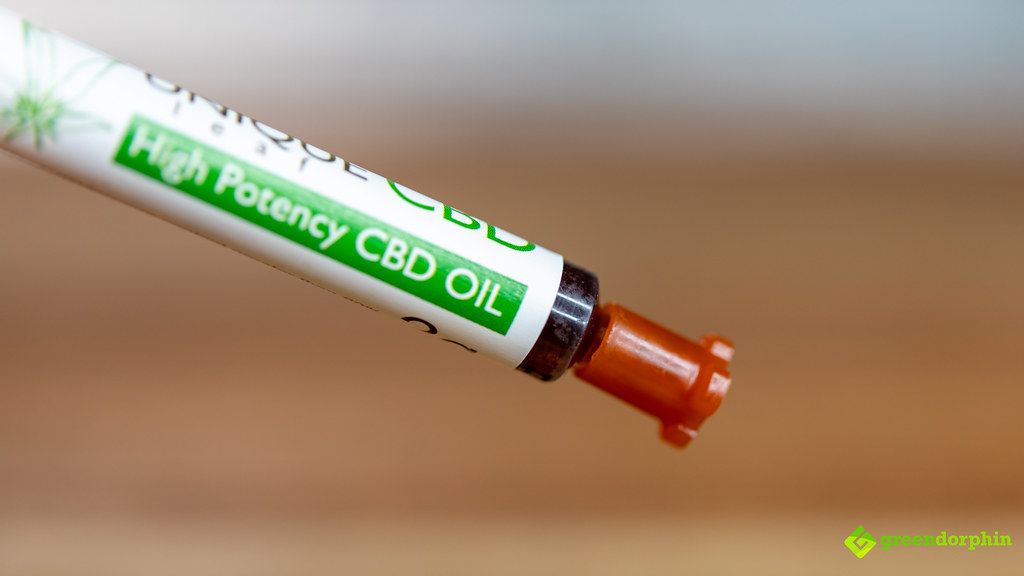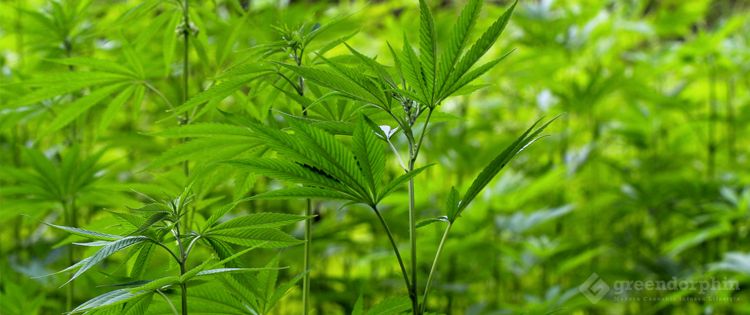Is your hemp flower contaminated? This is how you ensure you are getting high-quality hemp.
When you reach for a health supplement on a store shelf or purchase one online, do you ever stop to think about the materials that went into that product?
“Plant-based” has become the slogan for all things healthy, but was the plant itself healthy? The one used to make whatever it is you’re about to consume?
Why It Matters
With hemp flower, as well as CBD products derived from hemp – like tinctures, edibles, and topicals – all the rage these days, it’s useful to do a deep dive into the conditions of the hemp from which the impressive, naturally occurring chemical compound CBD is taken.
That’s because if there are impurities in a hemp crop, they will likely make their way into the end product. Unless they are removed during the manufacturing process, they will enter your body and could possibly affect your health.
Most of the hemp flower used for consumption is of good quality, full of all the beneficial ingredients you want and verifiably free of contaminants.
However, there are some hemp plants which are harvested and presented for CBD production despite having impurities like toxic chemicals and mold in them.
How would you know if that’s the case? Fortunately, there is a way to confirm whether or not the hemp used for your product is tainted.
More on that shortly, but first, a look at why and how some hemp plants could be afflicted with contaminants, and what those unwanted toxins could be.
A Steep Learning Curve for Hemp Farmers
In the U.S., CBD as an industry has, in racing terms, gone from zero to 200 miles an hour in the course of a few short years.
After being freed in 2018 from its previous illegal status by the federal Farm Bill, the hemp needed to produce hemp flower and CBD has been eagerly adopted by farmers in many states.
Just as consumers have embraced CBD products as a welcome, natural alternative to synthetic pharmaceuticals, farmers have embraced the hemp needed for it as a cash crop.
However, farmers in the U.S. who are unaccustomed to growing hemp have had to adjust to a steep learning curve.

Industrial hemp has been cultivated all around the globe for tens of thousands of years. It is used for an incredible range of products that include textiles, paper, biodegradable plastics, paint and rope.
However, hemp used to manufacture those items is not grown in the same way as hemp intended for CBD. U.S. farmers who are trying to get up to speed have been able to learn some lessons from their counterparts in other countries.
Nonetheless, there are differences in latitudes and longitudes, precipitation and soil conditions that require them to discover what methods work best for them, in their particular regions. There is currently no consensus on best practices for growing hemp.
When Can Hemp Contamination Occur?
There are three phases during which hemp may become contaminated:
1) The growing cycle
2) The curing process
3) The process of extracting CBD from the hemp
Contamination During the Hemp Growing Cycle
While a great many growers follow organic guidelines, some use pesticides and herbicides in order to increase yield, weight or potency. They do this despite the fact that hemp is both pest-resistant and weed-resistant. It grows quickly, grows tall and has very strong stalks, which helps it to outcompete weeds.
Pesticides and herbicides can transfer to the CBD made from hemp. Pesticides, in particular, are likely to be found in heavy concentrations in the CBD product if they were in the hemp source.
There are some pesticides which have been approved by the Environmental Protection Agency because they are not considered harmful to human health.
Hemp may also absorb contaminants that are in the soil. These can include heavy metals like lead (Pb), chromium (Cr), arsenic (As), zinc (Zn), cadmium (Cd), copper (Cu), mercury (Hg), and nickel (Ni).
How do heavy metals get into the soil? The use of fertilizers and pesticides, wastewater irrigation, industrial operations, disposal of leaded gasoline and paints and petrochemical spillage are a few of the ways it happens.
Heavy metals are a special concern because unlike organic contaminants, they don’t break down over time. They persist in the soil in their initial concentration for a long time.
It is worth noting that hemp is a “hyperaccumulator,” meaning it is really good at absorbing things. This characteristic is desirable when it comes to nutrients, but not when toxins are present.

Nature may also be responsible for hemp becoming adulterated. Although hemp is disease-resistant, it is possible for mold to afflict the plant during any part of the growing cycle. Mold is challenging to prevent because its spores go airborne and then land on crops which have some moisture in them.
Hemp plants fit the bill nicely because their buds absorb moisture very efficiently during rainfall and irrigation.
In addition to mold, hemp plants could contain bacteria, which causes diseases like root rot and leaf spot/speck.
Contamination During the Curing Process
After the hemp plant is harvested, it is cured. During curing, exposure to moisture could open the door to mold. Storing the hemp flowers in airtight containers helps reduce the chances of moisture affecting it.
Contamination During the Extraction Process
Extracting CBD oil from hemp involves the use of solvents. These can be natural substances that are non-toxic and leave no residue, like CO2 and olive oil.
Some companies use more harmful solvents because they make the extraction process faster and less expensive. (Using olive oil, for instance, necessitates a few additional steps.) These less-desirable chemicals include ethanol, butane, hexane, isopropyl alcohol and petroleum-ether.
Extraction solvents, as well as impurities from the soil and naturally occurring elements like mold and bacteria, can end up in hemp-derived products and potentially cause health problems for users.
Heavy metals, for instance, accumulate in the body and persist there just as they do in the soil. At a high enough toxicity, heavy metals can damage the central nervous system.
The Good News
Now that you know all about the possibility of hemp contamination, you should avoid buying any hemp-derived products, right?
Wrong. It is possible and even easy to verify the purity and quality of the hemp used for the product you’re getting.
Although the hemp nutraceutical and cosmetics industry is still in its infancy (and growing fast), responsible companies have adopted measures that can help the consumer feel confident when making purchasing decisions.
One is the use of hemp that is certified organic. This will address both where the hemp is grown (the quality of the soil) and how it is grown (the practices used).
The other measure is known as the COA, or Certificate of Analysis. The COA should be readily available on a company’s website. If it’s not, and if the company refuses to provide it to you upon request, look elsewhere for your hemp flower, CBD oil or CBD dog treat.
The reason: the COA verifies that the product you’re considering using has been tested by an independent, third-party laboratory.
The COA is especially important because, at present, the government does not regulate hemp beyond requiring that it has a THC level below 0.3%. Manufacturers can make claims about the quality of their products that are not necessarily accurate.

What You Should Look For in a COA
1. The name and address of the lab that did the testing. This will ensure that the company did not do the testing in-house.
2. The batch number. You can compare the batch number from the COA to the one on the product label, to make sure they’re the same. Each individual batch should be tested.
3. Whether or not impurities were found, and at what level. This information may be labeled, “Microbiological Testing”, “Pesticide Analysis”, “Chemical Residue Analysis”, “Microbial Analysis” or “Pesticides”. The tester may conclude that the sample “Passed”, or stamp it with “Action Level”. The latter means that the sample contains contaminants that are above allowable limits.
4. A cannabinoid profile. This tells you what cannabinoids were found in the sample and at what potencies. It will confirm that you are getting the amount of healthful compounds that the manufacturer is promising you’ll get.
It sounds as if it’s a lot of trouble to check the COA, but it’s not. A quick scan will tell you what you want to know.
But how do you access the COA? Manufacturers will often put a link to it in the description of the product. You may also find a QR (quick response) code on the product label that will take there in an instant, with the help of your smartphone.
Responsible companies make sure the hemp they’re sourcing for their products is grown safely and organically. Within the industry, many farmers contract directly with makers of hemp and CBD products, so they have an ongoing relationship that fosters trust in the quality of the hemp.
Takeaway
Do not be alarmed by the possibility of contaminated hemp affecting the products you want to use. There are plenty of high-quality, lab-tested products out there.
With many people reporting positive results from using hemp-derived products in terms of pain management, anxiety relief and a general feeling of relaxation, the many benefits make a little research worth the time and trouble.
- The Ultimate Guide to Delta 8 Disposable Vapes: What You Need to Know - March 8, 2024
- The Environmental Impact of CBD Production - August 28, 2023
- Cannabis In Thailand: A Green Revolution - August 15, 2023


